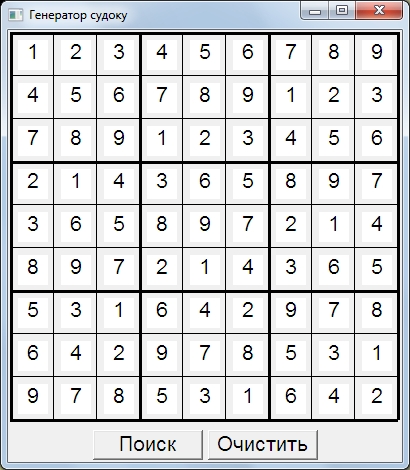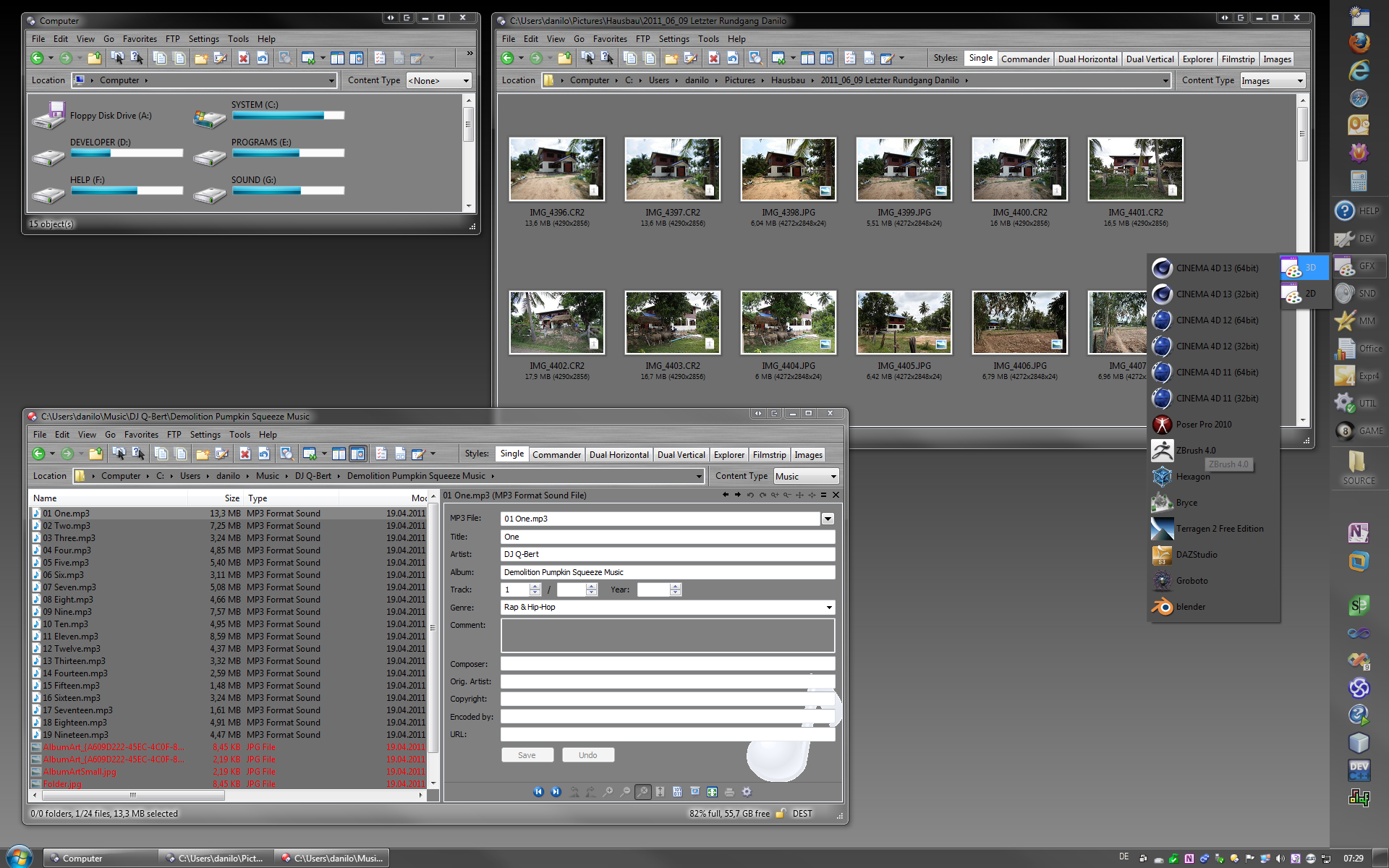
"NSApplication sharedApplication"), "delegate")ĭefine DelegateClass.I = CocoaMessage(0, AppDelegate, "class")ĭefine NotificationCenter.I = CocoaMessage(0, 0,ĭefine Selector. PostEvent(#PB_Event_WindowResizeComplete, #WinID, 0)ĪddGadgetItem(0, -1, "Added line " + LineCount)ĭefine AppDelegate.I = CocoaMessage(0, CocoaMessage(0, 0, InitSprite () has to be called successfully before using this command. Open a new screen area according to given parameters on the given Window, which must be opened before using OpenWindow (). ResizeGadget(0, 10, 10, WindowWidth(#WinID) - 20, Result OpenWindowedScreen (WindowID, x, y, Width, Height, AutoStretch, RightOffset, BottomOffset, FlipMode) Description.

ProcedureC WindowCallback(Object.I, Selector.I, Notification.I)
Purebasic openwindow code#
#PB_Event_WindowResizeComplete = #PB_Event_FirstCustomValue I ran the small example program from the Purebasic help concerning the MDI gadget I have questions about this: 1) what is the point of creating gadget MDIs rather than independent windows 2) If I click on the X of the MDI gadget, it closes all windows and not just the MDI window Can you explain to me Here is the code for the Purebasic example. Selector = sel_registerName("Window0_ResizeDone:")ĬocoaMessage(0, notificationCenter, "removeObserver:", appDelegate, "name:$", "object:", #nil) Selector = sel_registerName("Window0_Resize:")Ĭlass_addMethod(delegateClass, selector, notificationCenter, "addObserver:", appDelegate, "selector:", selector, "name:$", "object:", WindowID(#wndid)) If OpenWindow(#wndid, 100, 200, 195, 260, "PureBasic Window", #PB_Window_SystemMenu | #PB_Window_SizeGadget) ProcedureC Window0_ResizeDone(obj, sel, notification)

ResizeGadget(#gadget1, 10, 10, WindowWidth(#wndid) - 20, WindowHeight(#wndid) - 20) ProcedureC Window0_Resize(obj, sel, notification) Global delegateClass = CocoaMessage(0, appDelegate, "class")ĪddGadgetItem(#gadget1,-1,"Added line " + cnt) Global appDelegate = CocoaMessage(0, CocoaMessage(0, 0, "NSApplication sharedApplication"), "delegate") An application I'm looking at creating needs five windows open at the same time - one is a 'controller', where buttons can be clicked that then process the data in one or more of the 'information' windows.
Purebasic openwindow 64 Bit#
Had a bit of a play and look around and I'm quite impressed. PureBasic is a native 32 bit and 64 bit programming language based on established BASIC rules. Global notificationCenter = CocoaMessage(0, 0, "NSNotificationCenter defaultCenter") Hello all - new to the forum and PureBasic. It is therefore sometimes necessary to cancel the opening callback (UnbindEvent()) after opening the window or use flags.Class_addMethod(class, selector, imp, types.p-ascii) But, if you want write native applications, not requiring a third-party dlls and platforms, or. And it does so on square sprites that don't use any kind of transparency. Python and Java is better for cross-platform development, not least because not compiling to platform-dependent executable format on many OSes. PureBasic 5.73 LTS (Windows - 圆4) AMD Ryzen GE with Radeon Graphics Maybe you should upload a video. The problem with this technique is that if you click several times on the same button, you still see only one window, but the system creates several iterations, so it becomes impossible to close the window. C is more convenient and powerful than PB for writing Windows applications. However, you can also mix the two techniques (classic and callback).īindGadgetEvent(#B2, - main event loop (alway one) For those of you who have read my previous blog entries may.

As you can see from the code below I have taken advantage of mixing both Windows API with PureBasic API's to achieve the results. Then you can also use CallBack (BindGadgetEvent()) but it's not necessarily simpler because this technique triggers the procedure at any time (so it can be re-triggered) which can complicate the task if procedures must be chained in an order. Most of the magic is done by Windows API ExtractIconEx function and from there we simply manipulate the icon images to display them in a gadget list window. Either you group the events by window and then treat them by type, or you group them by type and separate them by window (not a very clear explanation, sorry) After that it depends on the number of events per window.


 0 kommentar(er)
0 kommentar(er)
